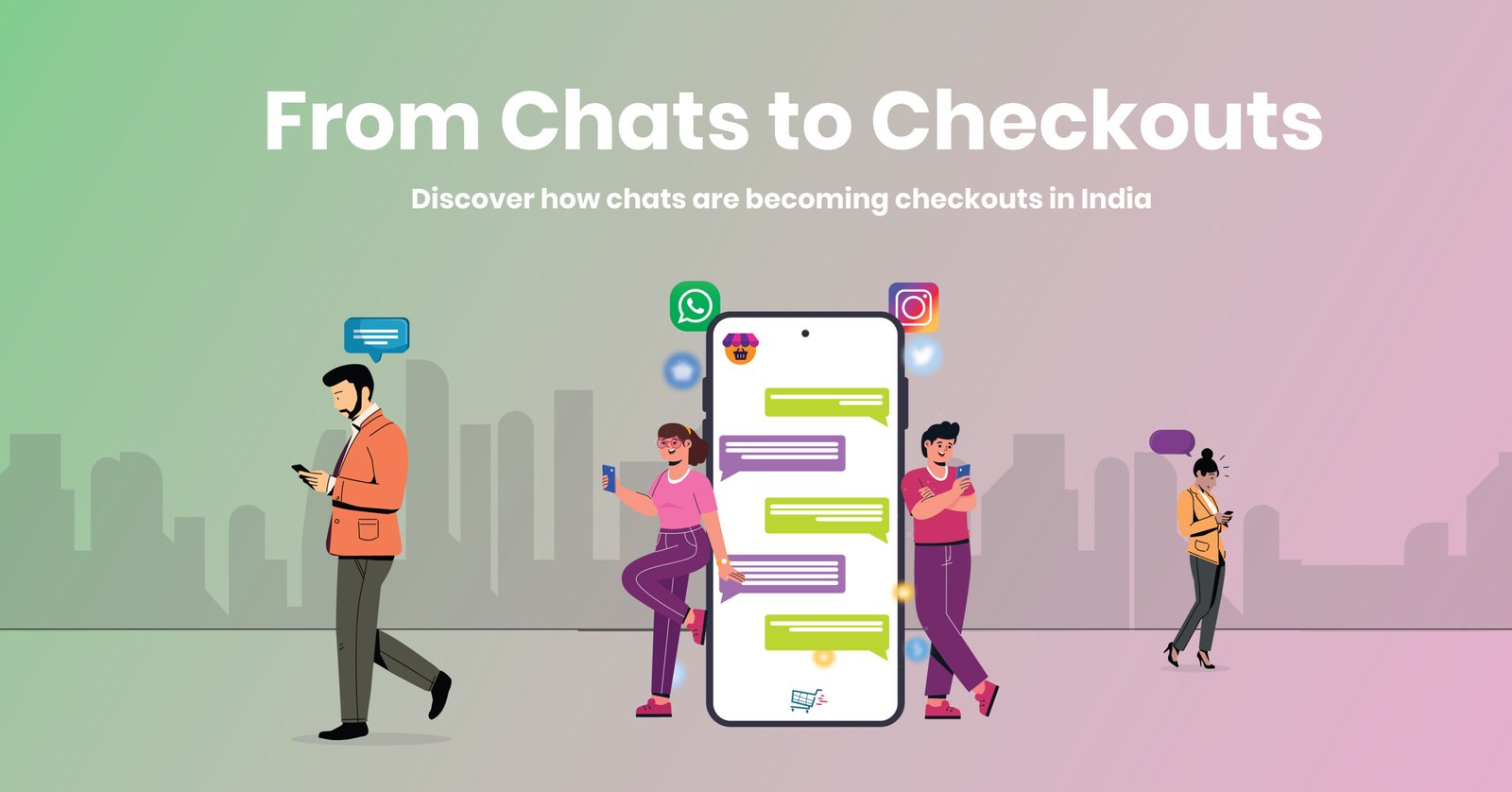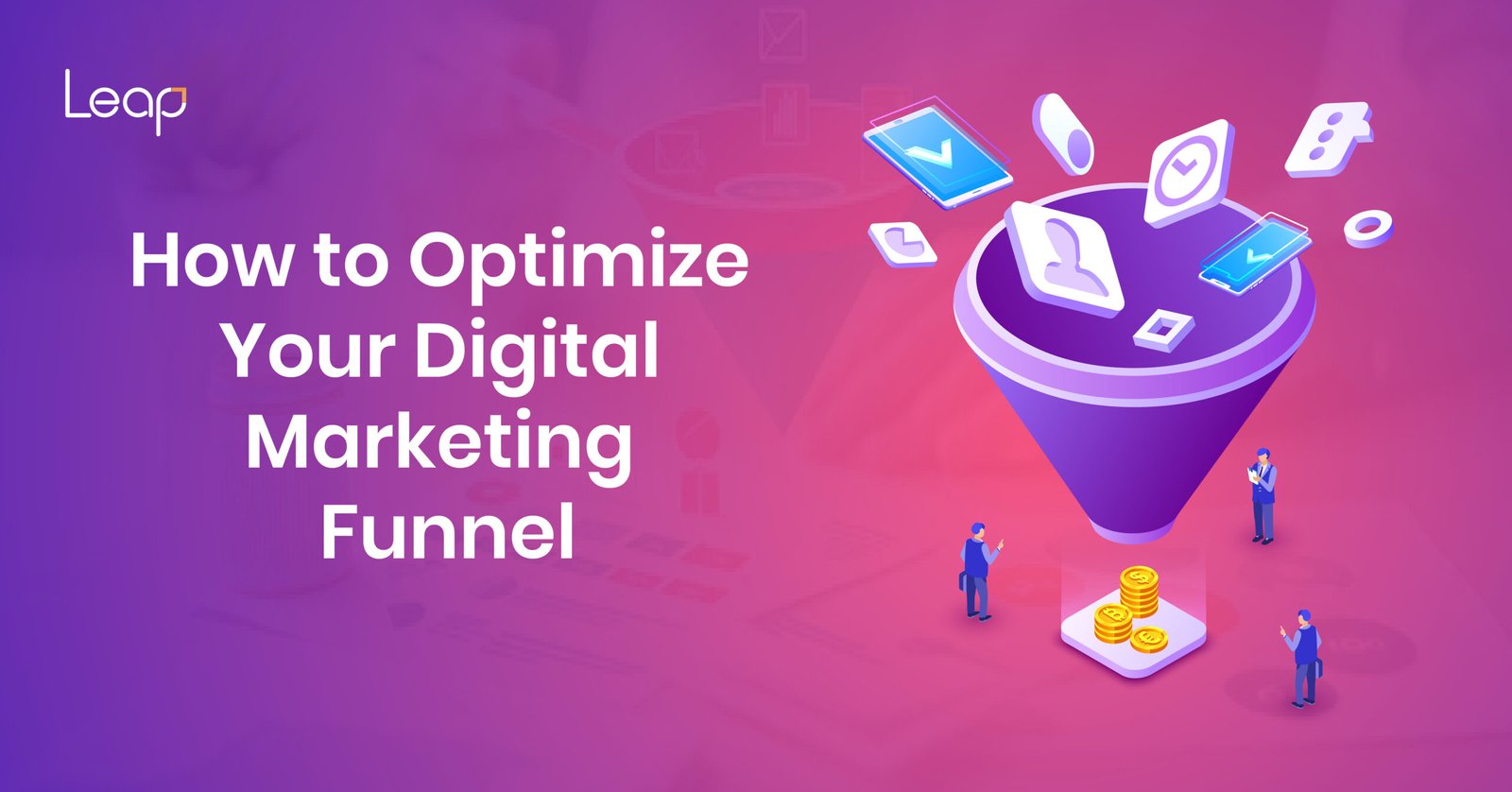
Introduction
User Experience (UX) is a pivotal component of digital marketing success, directly influencing conversion rates and business growth. A well-designed UX guides visitors smoothly through a website or app, making it easy for them to take desired actions such as making a purchase, signing up, or requesting information. Conversely, poor UX can frustrate users, causing high bounce rates, cart abandonment, and ultimately lost revenue. In 2025, with increasing competition and rapidly evolving technology, identifying and fixing UX mistakes that kill conversions is more crucial than ever.
This comprehensive article dives deep into the top UX mistakes that commonly sabotage conversion goals, detailing why they matter, providing real examples and statistics, and offering actionable solutions. Whether you are a marketer, designer, or business owner, understanding these pitfalls and how to avoid them will help you optimize user journeys, boost engagement, and increase your bottom line. For further expert digital marketing guidance, visit LeapMarcom.
1. Poor Navigation
Why It Hurts Conversions
Confusing, cluttered, or unintuitive navigation can quickly alienate users. If visitors struggle to find what they need, they leave—often immediately. A well-structured navigation enables users to explore your site effortlessly, fostering longer sessions and more conversions.
Studies show that 50% of users will abandon a website if they can’t find information within 5 seconds.
Examples and Statistics
- Users facing complex menu hierarchies or hidden navigation options exhibit lower engagement and higher bounce rates.
- Overloaded menus with too many choices cause decision paralysis.
Solutions
- Use clear, descriptive labels for menu items.
- Limit the number of top-level navigation options.
- Group related items logically.
- Ensure consistent navigation across all pages.
- Implement breadcrumb trails for better orientation.
- Conduct usability testing to refine navigation.
2. Slow Load Times
Why It Hurts Conversions
Speed is critical. Slow-loading pages frustrate users and encourage abandonment. Research indicates that a 1-second delay in page load time can reduce conversions by up to 7%.
Examples and Statistics
- 53% of mobile site visitors leave a page that takes longer than 3 seconds to load.
- Websites optimized for speed have higher engagement and conversion rates.
Solutions
- Compress images using modern formats like WebP.
- Use a Content Delivery Network (CDN) for faster content delivery.
- Minimize HTTP requests (scripts, stylesheets).
- Enable browser caching.
- Optimize server response time.
3. Lack of Mobile Optimization
Why It Hurts Conversions
With over half of web traffic coming from mobile devices, failing to design for mobile results in poor user experience, higher bounce rates, and lost conversions.
Examples and Statistics
- Mobile cart abandonment rates exceed 80% due to issues like tiny buttons and difficult forms.
- Non-responsive sites discourage mobile visitors, who may never return.
Solutions
- Implement responsive design to adapt to all screen sizes.
- Prioritize mobile-first design principles.
- Use larger, touch-friendly buttons with enough spacing.
- Avoid horizontal scrolling and elements that shift unexpectedly.
- Test UX on various devices and operating systems.
4. Inconsistent Design
Why It Hurts Conversions
Inconsistency in fonts, colors, button styles, or layout breaks users’ trust and disrupts navigation flow. It confuses visitors and makes the interface feel unprofessional.
Examples and Statistics
- Users associate consistent design with credibility and trustworthiness.
- Inconsistent CTAs or fonts may cause users to miss important conversion points.
Solutions
- Develop and follow a design system with standardized UI components.
- Use consistent colors, typography, and button styles.
- Maintain uniform spacing and alignment.
- Highlight key elements like CTAs with consistent visual cues.
5. Complicated Checkout Processes
Why It Hurts Conversions
One of the biggest contributors to cart abandonment is a long or confusing checkout process, which frustrates users and leads to lost sales.
Examples and Statistics
- 69.8% average cart abandonment rate globally is often linked to complex checkout experiences.
- Requiring account creation before purchase deters many users.
Solutions
- Simplify forms—only ask for essential information.
- Enable guest checkout options.
- Provide clear progress indicators.
- Offer multiple payment options.
- Reduce number of checkout steps.
- Use inline validation to catch errors early.
6. Ignoring User Feedback
Why It Hurts Conversions
Neglecting what users say about your website or app means missing valuable insights into pain points and opportunities for improvement.
Examples and Statistics
- Companies that integrate user feedback see a 15-20% increase in customer satisfaction.
- Users who feel heard are more likely to convert and return.
Solutions
- Implement surveys, polls, and feedback widgets.
- Analyze user reviews and support tickets.
- Conduct usability testing regularly.
- Act on feedback promptly to improve UX.
7. Overcomplicated User Interfaces (UIs)
Why It Hurts Conversions
Too many features, cluttered pages, or distracting animations can overwhelm users, causing cognitive overload and reducing conversions.
Examples and Statistics
- Excessive options lead to decision fatigue and drop-offs.
- Complex pages increase bounce rates.
Solutions
- Prioritize minimalist design principles.
- Use whitespace strategically to separate content.
- Focus on essential features and content.
- Test different layouts and simplify progressively.
8. Lack of Clear Calls to Action (CTAs)
Why It Hurts Conversions
If users aren’t sure what to do next, they won’t convert. Ambiguous or missing CTAs reduce the chances that users complete desired actions.
Examples and Statistics
- Sites with prominent CTAs increase conversions by up to 200%.
- CTAs buried in content or lacking clear language are often ignored.
Solutions
- Use contrasting colors to make CTAs stand out.
- Place CTAs prominently above the fold.
- Use concise, action-oriented text (e.g., “Get Started,” “Buy Now”).
- Ensure CTAs are consistent across devices and pages.
9. Not Testing for Usability
Why It Hurts Conversions
Skipping usability testing leads to overlooked UX flaws that drive users away and reduce conversion rates.
Examples and Statistics
- Usability issues cause frustration; yet 70% of websites never conduct formal usability testing.
- Testing improves usability scores and conversion metrics significantly.
Solutions
- Conduct regular user testing sessions.
- Use A/B testing to compare different UX versions.
- Employ heatmaps and session recordings to analyze behavior.
- Iterate design based on real user data.
10. Neglecting Accessibility
Why It Hurts Conversions
Ignoring accessibility excludes users with disabilities and may violate legal requirements, resulting in reputational damage and lost conversions.
Examples and Statistics
- 15% of the global population has some form of disability.
- Accessible websites reach more users and enjoy better SEO rankings.
Solutions
- Follow WCAG (Web Content Accessibility Guidelines).
- Use sufficient color contrast.
- Ensure all media has alt text.
- Make all functionality keyboard accessible.
- Provide captions for videos.
Conclusion
Optimizing User Experience is fundamental to boosting conversion rates and achieving sustainable digital marketing success. Avoiding common UX mistakes like poor navigation, slow load times, lack of mobile optimization, inconsistent design, and complicated checkout processes can significantly improve user satisfaction and business outcomes. Continuously testing usability, embracing user feedback, and ensuring accessibility are equally critical in 2025’s competitive landscape.
For tailored strategies and expert assistance in enhancing your website’s UX and conversion performance, visit LeapMarcom.
Call to Action
Are your UX flaws costing you conversions? Implement these best practices to transform your digital platforms into conversion powerhouses. Reach out to LeapMarcom today for professional digital marketing and UX optimization services designed to fuel your business growth.









